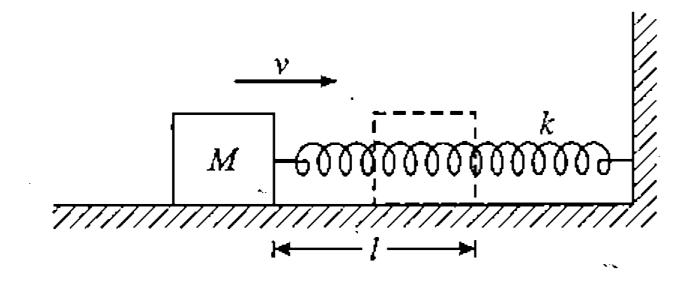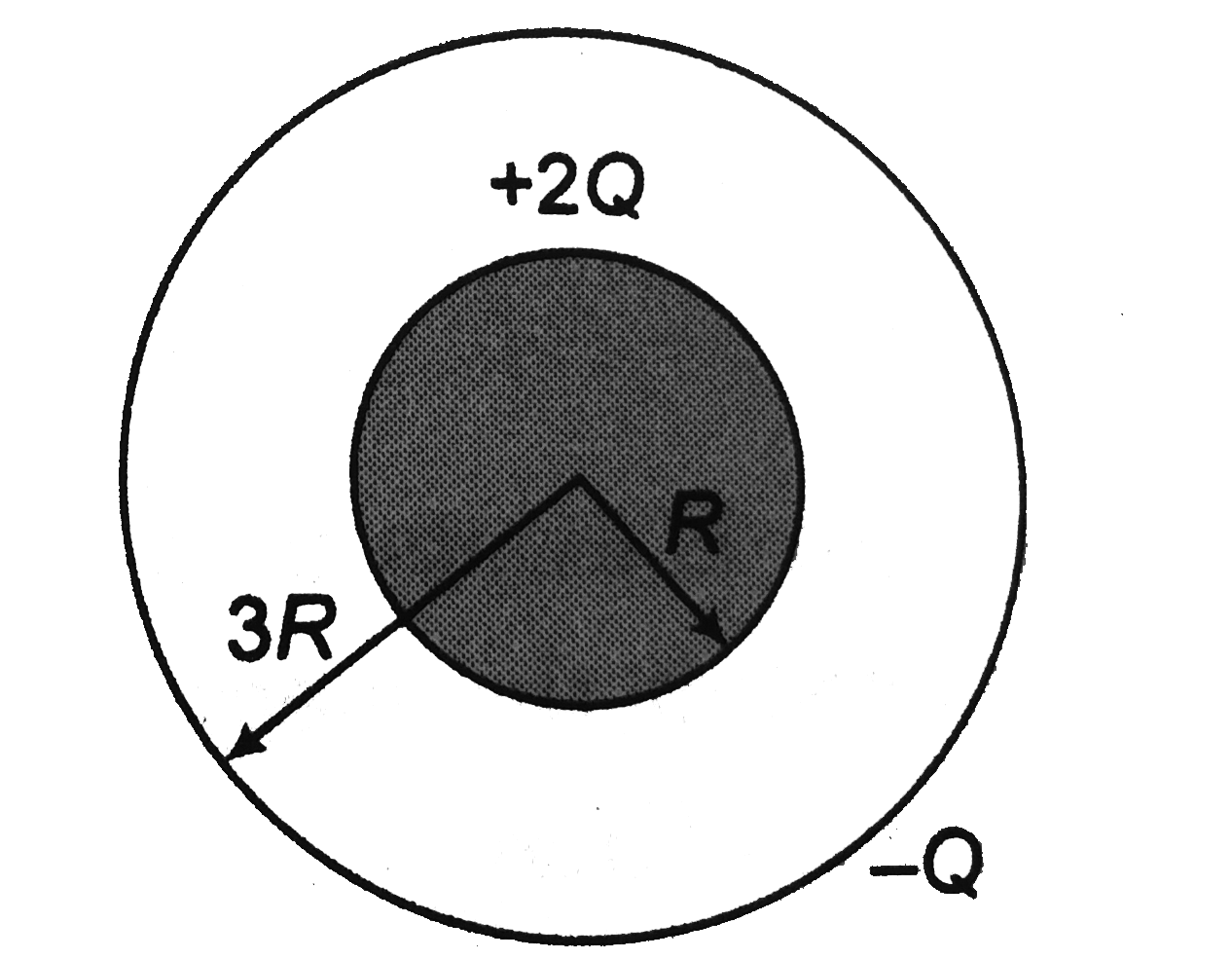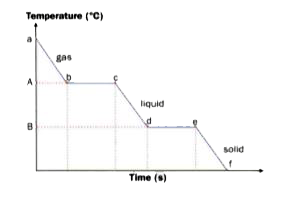If a breeder has to evolve a disease resistant strain, what step will be taken first :-
(a) Hybridization
(b) Selection of parents
(c) Working out the yield
(d) Looking for the subject in the library
Hybridisation
Selection of parents
Working out the yield
Looking for the subject in the library
The correct Answer is:B
To evolve a disease-resistant strain, a breeder must follow a systematic approach. Here’s a step-by-step solution to the question:
1. Understanding the Objective: The breeder's goal is to create a strain of plants or animals that is resistant to specific diseases. This requires careful planning and execution.
2. Selection of Parents: The first step in this process is the selection of parents. The breeder must choose parent organisms that already exhibit disease resistance traits. This is crucial because the traits of the parents will be passed on to the offspring.
3. Hybridization: After selecting the appropriate parents, the next step would be hybridization. This involves crossing the selected parents to combine their desirable traits, including disease resistance.
4. Working Out the Yield: Once hybridization is done, the breeder will evaluate the yield of the new strain. This step assesses how well the new strain performs in terms of growth, productivity, and disease resistance.
5. Research and Development: While looking for information in the library can be beneficial for understanding existing research and methodologies, it is not the first step in the breeding process.
Based on this reasoning, the correct answer to the question is (b) Selection of parents.
Topper's Solved these Questions
- BIOLOGY IN HUMAN WELFARE (DOMESTICATION OF PLANTS & ANIMALS) BOOK - ALLENCHAPTER - BIOLOGY IN HUMAN WELFARE (DOMESTICATION OF PLANTS & ANIMALS) EXERCISE - Exercise-II (Previous Year Questions)
32 Videos
- BIOLOGY IN HUMAN WELFARE (DOMESTICATION OF PLANTS & ANIMALS) BOOK - ALLENCHAPTER - BIOLOGY IN HUMAN WELFARE (DOMESTICATION OF PLANTS & ANIMALS) EXERCISE - Exercise-III (Assertion & Reason)
12 Videos
- BIOLOGY AT A GLANCE (ZOOLOGY )BOOK - ALLENCHAPTER - BIOLOGY AT A GLANCE (ZOOLOGY )EXERCISE - EXERCISE
207 Videos
- BIOLOGY IN HUMAN WELFARE (HEALTH & DISEASES) BOOK - ALLENCHAPTER - BIOLOGY IN HUMAN WELFARE (HEALTH & DISEASES) EXERCISE - Exercise -IV Assertion : Reason
20 Videos
Similar Questions
If artificial hybridization is performed in maize, then which of the given steps will not be required?
(a) Selection of parents
(b) Emasculation
(c) Bagging
(d) Rebagging
View SolutionSee the given steps that are related to plant breeding:
(a) Selection and testing of hybrid
(b) Selection of parents
(c ) Germplasm collection
(d) Crossing among selected parents
(e ) Testing and release of new cultivars
Select the correct order for these steps
View SolutionGiven below are the events that are observed in an artificial hybridization programme. Arrange them in the correct sequential order in which they are followed in the hybridization programme. (a)re-bagging , (b)selection of parents , (c )bagging , (d)dusting the pollen on stigma , (e)emasculation , (f)collection of pollen from male parent.
View SolutionA tank full of water has a small hole at its bottom. Let t1 be the time taken to empty first one third of the tank and t2 be the time taken to empty second one third of the tank and t3 be the time taken to empty rest of the tank then
(a). t1=t2=t3
(b). t1>t2>t3
(c). t1<t2<t3
(d). t1>t2<t3
View SolutionThe block of mass M in figure −4.160, initially has a velocity vo to the right and its positionis much that the spring exerts no froce on it, i.e, the spring is not stretched or comkpressed. The block moves to the right a distance l before sttoping in the dotted position shown. The speing constant is k and the coefficeent of kinetic friction between block and table is μ. as the block moves the distance l, (a) what is the work done on it by the friction force ? (b) What is the work done on it by the spring force ? (c) are there other forces actionon the block, and if so what work do they do ? (d) what is the total work done on the block?

View SolutionWhich of the following shows the correct sequence of steps involved in breeding a new genetic variety of a crop
(a) Selection and testing of superior recombinants (b) Germplasm collection (c) Cross hybridisation among the selected parents (d) Evaluation and selection (e) Testing, releases and commercialisation of new cultivars
View SolutionThe stress strain graph for a metal wire is shown in the fig. Up to the point E, the wire returns to its original state O along the curve EPO, when it is gradually unloaded. Point B corresponds to the fracture of the wire.

(a) Up to what point on the curve is Hooke's law obeyed? (this point some times called proportional limits).
(b) Which point on the curve corresponding to elastic limit or yield point of the wire?
(c ) Indicate the elastic and plastic regions of the stress-strain graph.
(d) Describe what happens when the wire is loaded up to a stress corresponding to the point A on the graph and then unloaded gradually. In particular explain the dotted curve.
(e) What is peculiar about the portion of the stress- strain graph from C to B? Up to what stress can the wire be subjected without causing fracture?
View SolutionA solid sphere of radius R has a charge +2Q. A hollow spherical concentric with the first sphere that has net charge -Q.

(a) Find the electric field between the spheres at a distance r from the centre of the inner sphere. [R<r<3R]
(b) Calculate the potential difference between the spheres.
(c) What would be the final distribution of charges, if a conducting wire joins the spheres?
(d) Instead of (c), if the inner sphere is earthed, what is the charge on it?
View SolutionLook at the change of state diagram from gas to solid given here carefully, and answer the following questions.
a. During freezing, certain amount of heat is given out without any change in temperature. Which part of the graph shows this change?
b. During condensation, certain amount of heat is given out without any change in temperature. Which part of the graph shows this change?
c. Which point on the graph corresponds to
İ. condensation point? ii. freezing point?
d. What do ab and cd on the graph represent?

View SolutionThe reaction 2AX(g)+2B2(g)→A2(g)+2B2X(g) has been studied kinetically and on the baiss of the rate law following mechanism has been proposed.
I. 2AX⇔A2X2 (fast and reverse)
II. A2X2+B2→A2X+B2X
III. A2X+B2→A2+B2X
where all the reaction intermediates are gases under ordinary condition.
form the above mechanism in which the steps (elementary) differ conisderably in their rates, the rate law is derived uisng the principle that the slowest step is the rate-determining step (RDS) and the rate of any step varies as the Product of the molar concentrations of each reacting speacting species raised to the power equal to their respective stoichiometric coefficients (law of mass action). If a reacting species is solid or pure liquid, its active mass, i.e., molar concentration is taken to be unity, the standard state. In qrder to find out the final rate law of the reaction, the concentration of any intermediate appearing in the rate law of the RDS is substituted in terms of the concentration of the reactant(s) by means of the law of mass action applied on equilibrium step.
Let the equilibrium constant of Step I be 2×10−3mol−1L and the rate constants for the formation of A2X and A2 in Step II and III are 3.0×10−2mol−1L−1min and 1×103mol−1L−1min (all data at 25∘C), then what is the overall rate constant (mol−2L2−1min) of the consumption of B2?
View Solution
